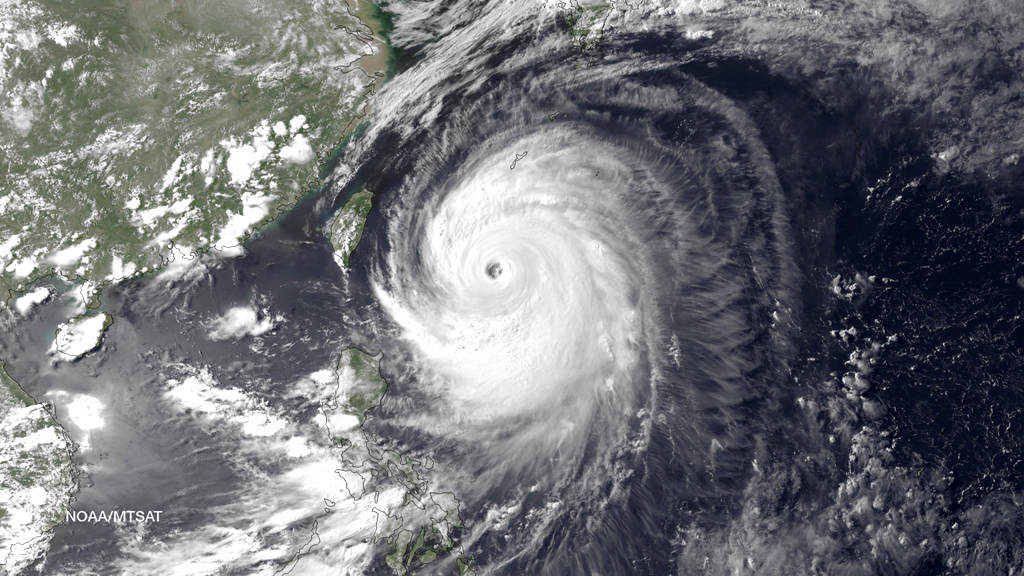Japan: 500,000 told to flee powerful Typhoon Neoguri
Hundreds of flights are cancelled and hundreds of thousands are urged to evacuate, as a powerful typhoon hits south west Japan.

High winds and torrential rain swept through Japan’s south west islands on Monday, while the rest of the country held its breath for what was coming.
Typhoon Neoguri is forecast to be at its most powerful as it passes Okinawa on Tuesday, some 1,600 km south west of Tokyo.
It is predicted to be one of the strongest to hit Japan, with waves up to 14m high.
Emergency rain and high-seas warnings were in place as it powered towards the Okinawa island chain.
Local authorities urged 480,000 residents across Okinawa to stay home, or move to local shelters, and more than 50,000 households in the same area lost power.
The Japan Meteorological Agency (JMA) also warned of heavy rains and potential flooding in Kyushu, the westernmost of Japan’s main islands, as well as heavy rain in the rest of the nation as the storm turns east.
All power plants have been shut down due to national policy and the Fukushima Daiichi nuclear plant, which was wrecked by an earthquake and tsunami in March 2011, is on the other side of the country.
The lights are fading in and out, like the house is haunted. The rain is getting stronger and falling sideways.
The typhoon has weakened from its original status as a super typhoon but it has remained intense, with gusts of more than 250 km per hour.
Keiji Furuya, state minister in charge of disaster management urged people to take “utmost caution”.
One man was missing after his boat was swamped by high waves, NHK national television said, while several people suffered minor injuries from falls.
Television footage showed street lights rocking in high winds and branches being blown down largely deserted streets.
“When the wind blows most strongly, it’s impossible to stand. You have to hold on to something,” said Kei Shima, a self-employed Okinawa resident in her 30s.
“The lights are fading in and out, like the house is haunted. The rain is getting stronger and falling sideways.”